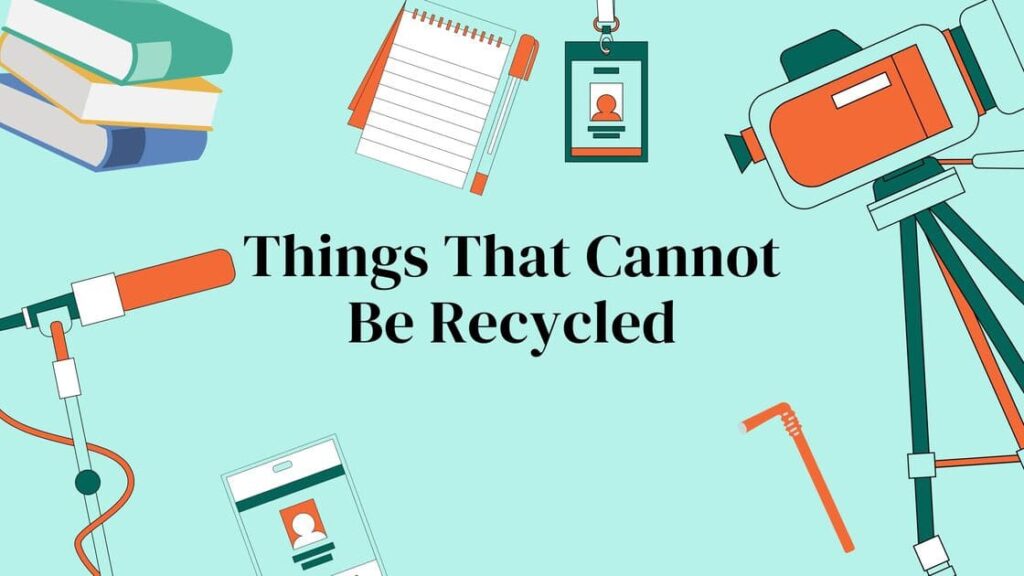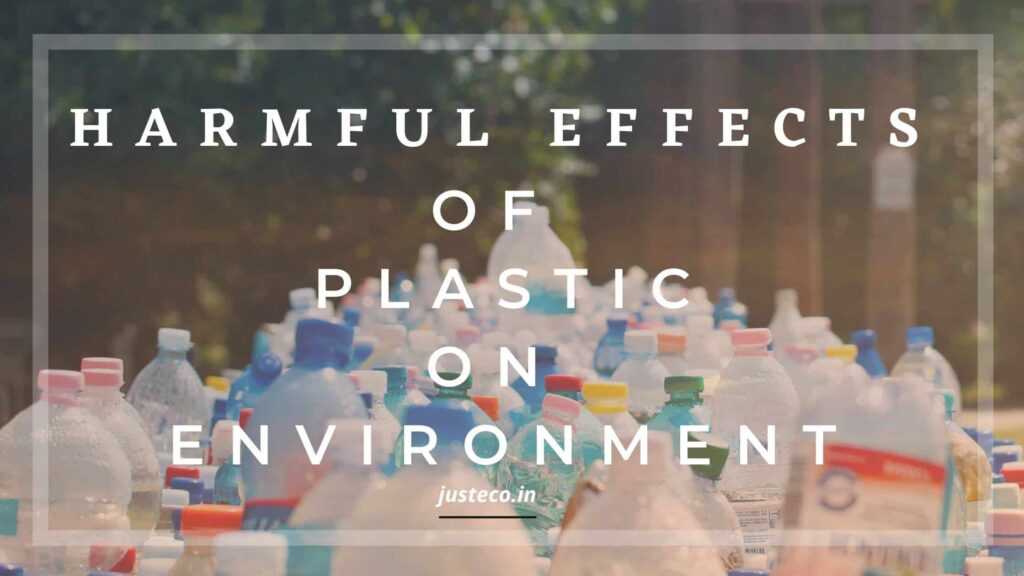What Do We Do with The Things We Cannot Recycle
Recycling has become a way of life for many of us, a small yet impactful step towards protecting our planet. However, not everything we toss into the recycling bin can be recycled. Some items, often mistakenly thought to be recyclable, end up causing more harm than good. In this article, we’ll explore common items that cannot be recycled and offer tips on what to do with them instead. What Are the Things We cannot Recycle? The Things We cannot recycle depends upon the level of recycling center available to us the technology and machines they use. Some recycling centers can have advanced technologies to recycle certain things. However, there are some common examples of things that cannot be recycled in most recycling facilities. 1. Plastic Bags Most recycling centers may not accept plastic bags. This is because plastic bags will clog the equipment. However, some centers with high-end machinery for plastic recycling may take them. Some supermarkets or malls arrange recycling bins specially for plastic. You can deposit your plastic in those bins. However, we should remember that not all plastic is recyclable. More than 91% of plastic is not recyclable. 2. Disposable Coffee Cups Disposable coffee cups may seem recyclable, but they may not! Many coffee cups may have a thin layer of plastic so that coffee doesn’t get leaked. Even though its part is just about 5 percent for each cup, it is still not recyclable. 3. Pizza Box or Food Packaging Boxes We know the importance of eco-friendly packaging, and that’s why many organizations are offering eco-friendly packaging. However, do you know that these packaging boxes are not recyclable? This mainly applies to pizzas, burgers, or certain food items packaging boxes. These packaging boxes contain oil or food residue on them, which can damage the machinery, making them non-recyclable. 4. Styrofoam Styrofoam is also known as polystyrene. It contains petroleum and doesn’t technically support the process of recycling. Along with this, as Styrofoam is usually used in packaging, it is lightweight and has bulkiness. That’s why it’s not accepted in many recycling centers. 5. Broken Glass Even though glass is recyclable, recycling broken glass is an entirely different and difficult process. It may damage the recycling machine, too. That’s why broken glass is considered to be a non-recyclable material. 6. Once-Use Plastic Utensils Once-use plastic utensils like spoons, plastic straws, forks, etc, are made up of low-quality plastic, which will not support the recycling process. In fact, they are too small for the machine to process into recycling methods. 7. E-Waste Electronic items, such as old televisions, computer accessories, and machines, contain hazardous materials and heavy metals. This is why they shouldn’t be disposed of in normal recycling bins. They need specialized recycling facilities. 8. Hazardous Waste Hazardous waste means items like pesticides, fertilizers, paints, thinners, primers, etc. These items have an explosive nature and need to be handled with utmost care. That’s why they shouldn’t be mixed with normal recycling items and should be disposed of in hazardous waste centers. 9. Bio-Medical Waste Medical waste, such as needles, containers, syringes, blades, etc, is harmful to humans and animals and cannot be recycled. Sometimes, these things may be infectious, making it to be handled carefully. 10. Batteries Batteries, especially car batteries or rechargeable lithium-ion batteries, are not recommended for recycling as they contain harmful materials. What Do We Do with The Things We Cannot Recycle? There are many non-recyclable items. However, you can make them sustainable or eco-friendly by following a few tips. So, what do we do with these things we cannot recycle? You can follow the tips below. 1. Reuse And Reduce Reduce the consumption of the non-recyclable item. If possible, reuse it for multiple purposes if it is safe and healthy to reuse. You can also prepare DIY items with non-recyclable things. You can give these DIY items as gifts for your loved ones, too. 2. Proper Dispose Do not dispose of non-recycling items with regular ones. Contact your local waste management authorities to know the proper disposal of these items. Follow their instructions and regulations carefully and dispose of them. 3. Hazardous Wastage Check for hazardous waste disposal centers in your area. If your area doesn’t contain such a disposal center, then contact local authorities. They will conduct an event specially designed for hazardous items. Items such as batteries, paints, pesticides, etc., will come under this category. 4. E-waste Electronic gadgets such as computers, tablets, batteries, and old televisions come under E-waste. When you want to remove these things from your home, search for a certified e-waste management center near you. They will have a verification certificate and properly dispose of these items in the correct way. 5. Donate You can donate non-recyclables in good condition to the poor and needy. You can also donate them to organizations or charity. 6. Landfills Unfortunately, some non-recyclable items have only one destination: landfills. While this option is not eco-friendly, it is sometimes unavoidable. To minimize the environmental impact, always separate recyclables from non-recyclables to ensure that as much waste as possible is diverted from landfills. 7. DIY Projects For items that cannot be recycled, get creative with DIY projects. For instance, you can transform washed plastic spoons and forks into decorative items. The internet is a treasure trove of ideas and tutorials for upcycling various materials. Explore these resources to find innovative ways to repurpose your waste and give it a new life. 8. Prepare Compost Composting is an excellent solution for organic waste that cannot be recycled, such as paper towels, pizza boxes, or food containers contaminated with food particles and oil. By composting these items, you can turn them into nutrient-rich compost for your plants. This not only reduces landfill waste but also enriches your garden soil. Conclusion We have plenty of non-recyclable items in our daily life. However, by following a few tips, we can make these items not affect the environment around us. We need to use these items in
What Do We Do with The Things We Cannot Recycle Read More »





